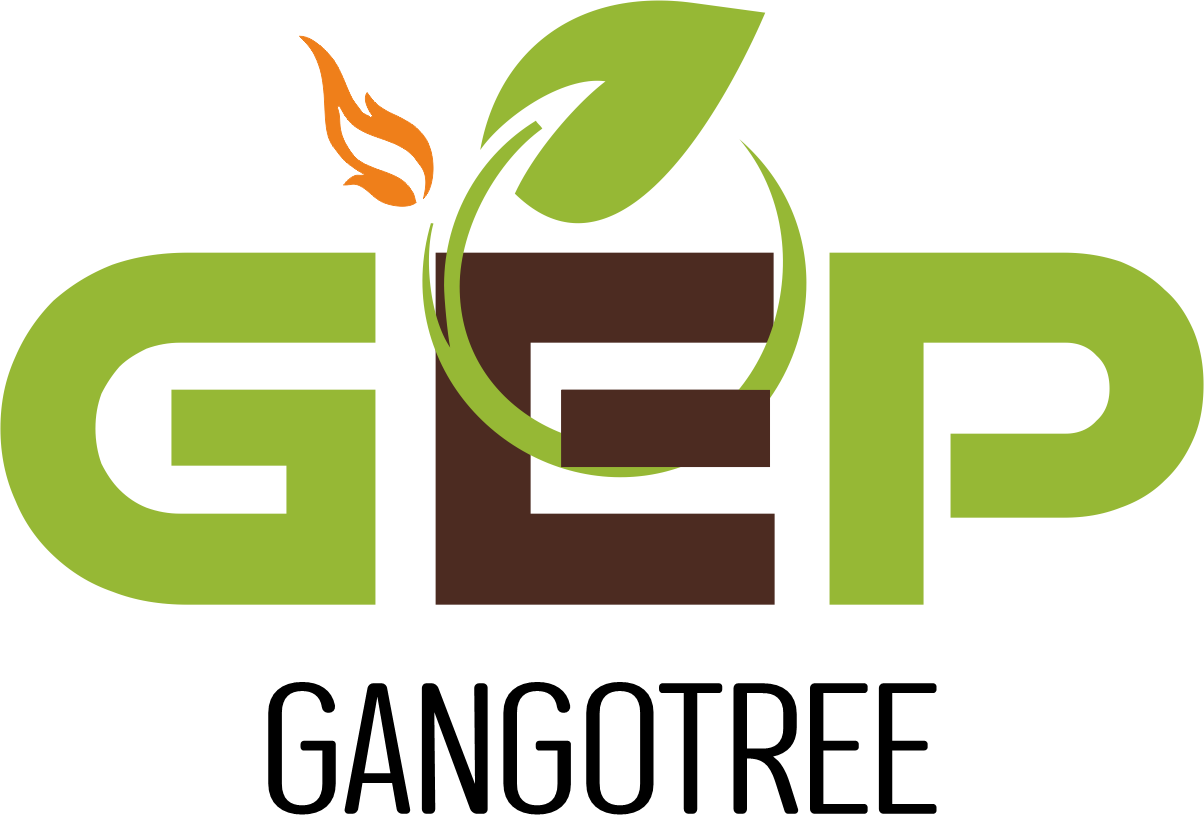Our Approach
The Swach Bharat movement has promoted 'Segregation at Source' as its major theme among the other initiatives. The segregation of waste – dry and wet, enables appropriate processing solutions that leds to effective disposal of waste. However, the centralised approach of collection and transport of waste from various locations to common facilities and then transfering it for processing solutions, defeate the purpose. It causes mixing of waste due to the multiple handling at various stages. We, Gangotree — inspired from the 'Source of River Ganga', have approach to reach 'Closest to the Source'. We propose collection of segregate waste at source followed by decentralised processing of the wet and dry waste. It ensure viable and manageable solutions for both wet waste and dry waste. We specify waste among three values:
- Material Value
- Energy Value
- Nuisance Value
The 'Material Value' is derived through sorting of dry waste in form of metal, glass, plastic, cardboard etc. 'Energy Value' is derived through conversion of wet waste to biogas and non-recyclables like soiled paper, soiled cardboard, clothes, low grade plastic, rubber, leather, wood, etc. into ‘Urjwala” SRF Pellets. Remaing reject part is incinerated in a scientific combustor, to remove 'Nuisance Value' completely. Thus, it results into huge savings in multiple handling, transportation costs, ease in waste disposal, clean handling and a “Zero to Land fill” Solution!

Background
With the emergence of modern lifestyles the solid waste generation has also undergone a change and the variety and the quantum has increased multi fold. The Municipal solid waste can be divided into 2 broad categories:
- Bio-Degradable Organic Waste
- Dry Inorganic waste
The Bio-degradable waste consists of food related items like vegetables, non vegetarian items, dairy products and the wasted cooked food. The Dry waste consists of waste paper, cardboard, packing material, plastic bottles, containers, bags, cloth, foot wear, wood etc. Each of these waste categories has different characteristics which need to be factored in for their conversion into useful material or energy value though recycling or processing or safe disposal.

